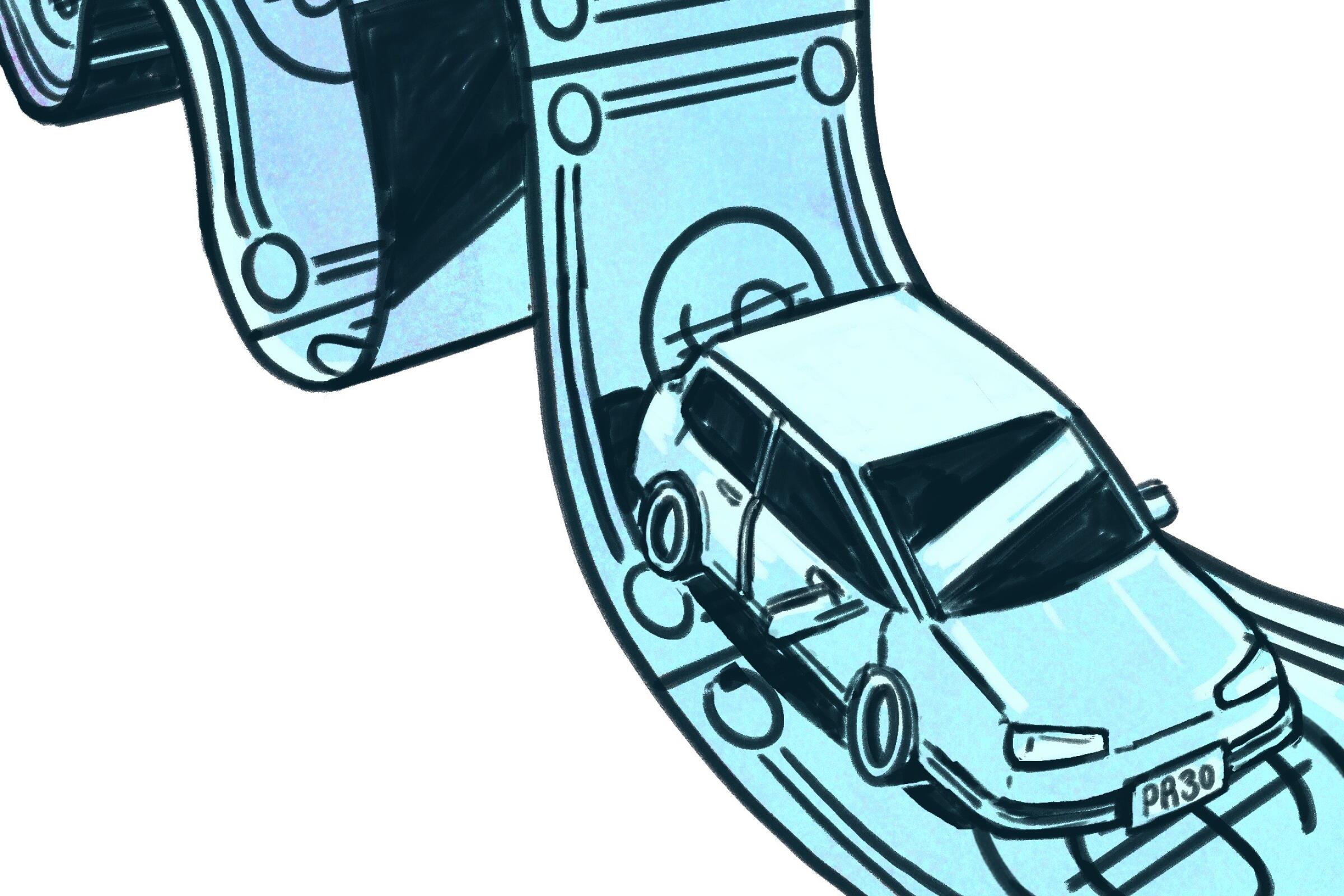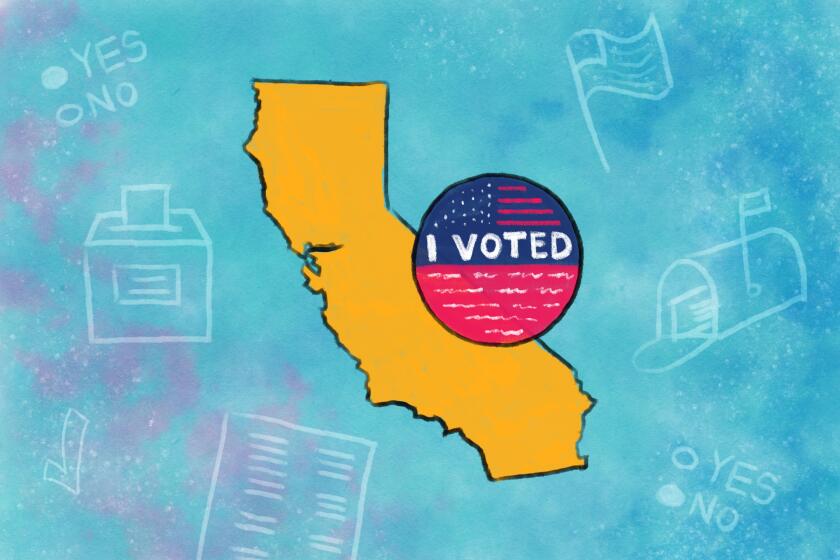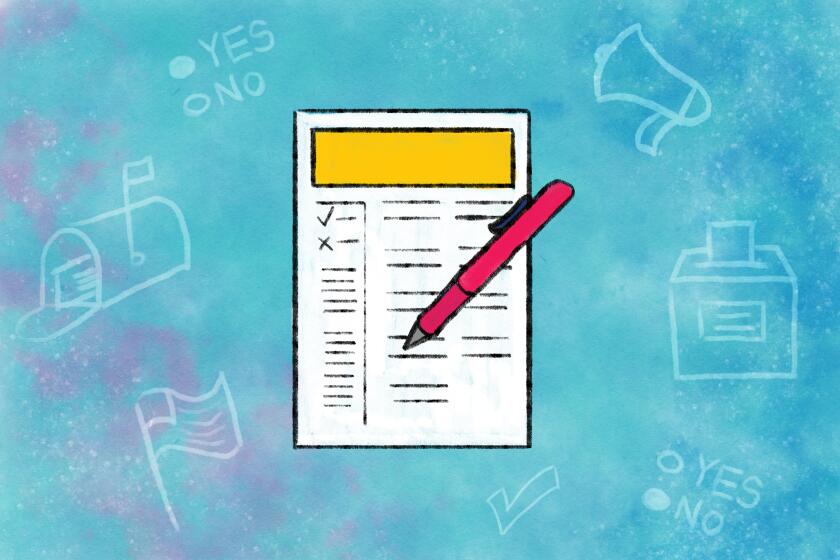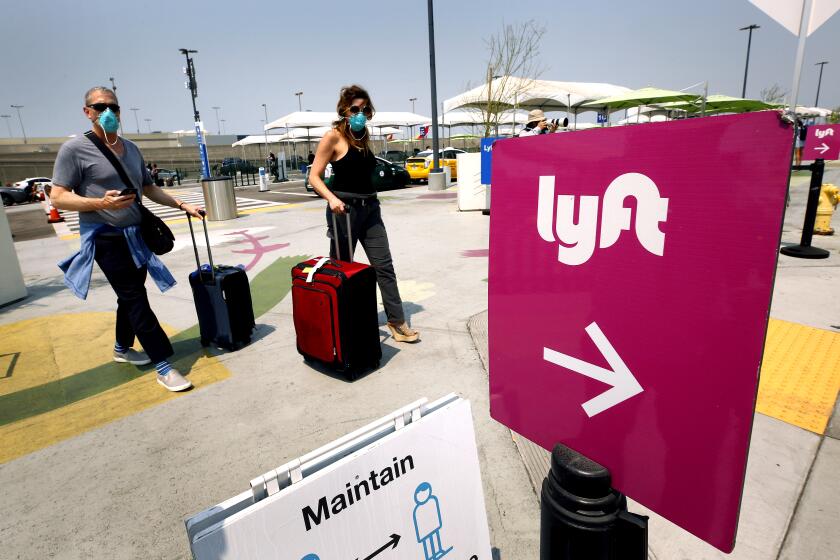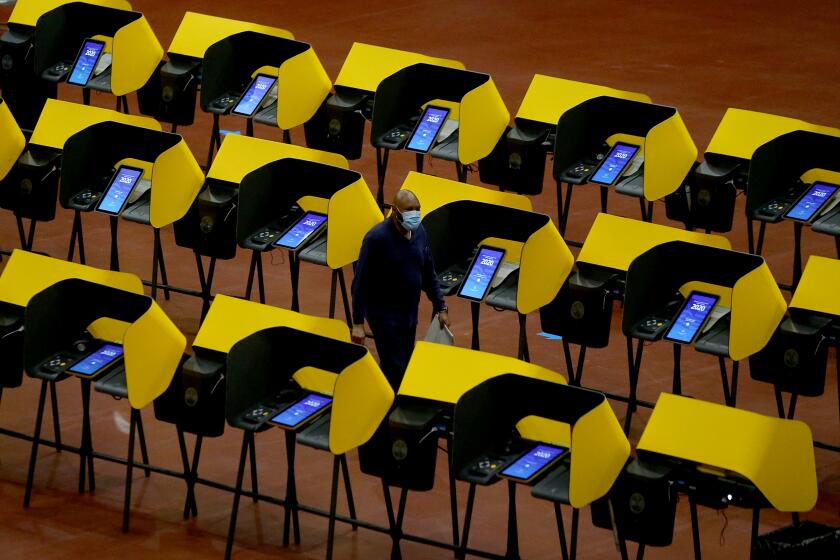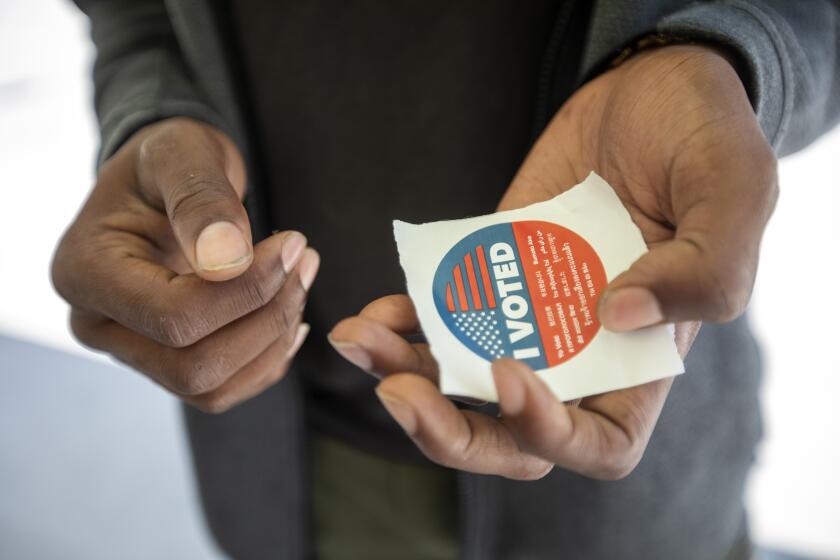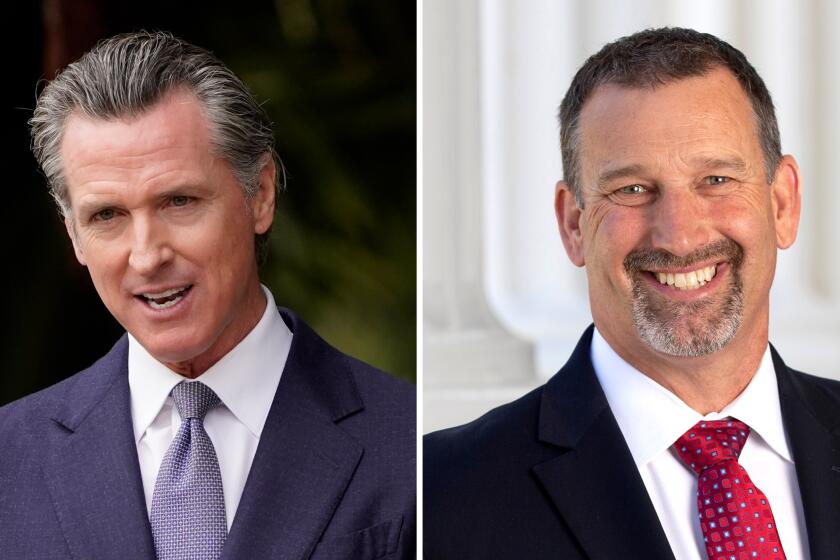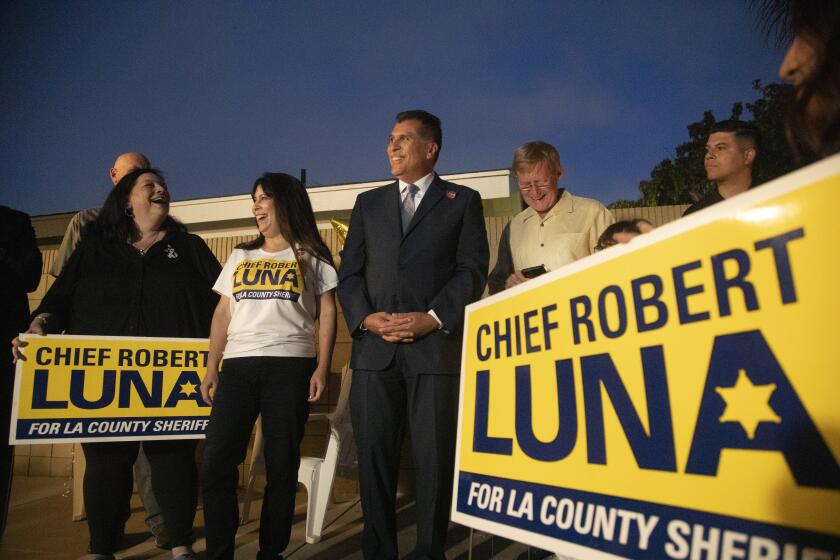The governor calls the measure a “cynical scheme” by Lyft to meet a state mandate for ride-hailing companies to convert most of their fleets to electric vehicles by 2030.
The California Legislature recently passed a law requiring that 90% of a ride-hailing company’s miles in California be covered by electric vehicles by 2030. Today, the vast majority of ride-hailing cars are owned or leased by individuals who contract with Lyft and Uber. The Yes on Proposition 30 campaign wants state help to meet that mandate.
Newsom is the face of the campaign against the proposition and is featured in an ad slamming Lyft.
“Prop. 30 has been advertised as a climate initiative. But in reality, it was devised by a single corporation to funnel state income taxes to benefit their company. Put simply, Prop. 30 is a Trojan horse that puts corporate welfare above the fiscal welfare of our entire state,” Newsom says in the ad, jabbing his finger toward the camera for emphasis.
The No on Proposition 30 campaign is at a major disadvantage, however. Thus far, opponents have raised just over $15 million — a third of what Lyft is spending to convince voters to pass the measure. But Newsom has high approval ratings and a lot of sway with voters. Netflix Chief Executive Reed Hastings and San Francisco venture capitalist Michael Moritz of Sequoia Capital are among the “no” campaigns biggest donors, forking over $1 million apiece.
One of the major 30-second campaign spots aired by supporters of Proposition 30 features a firefighter who, with dramatic video of raging wildfires in the background, says California is in a crisis.
“We need more firefighters and more equipment, better forest management, to prevent wildfires and reduce toxic smoke,” the firefighter tells viewers.
